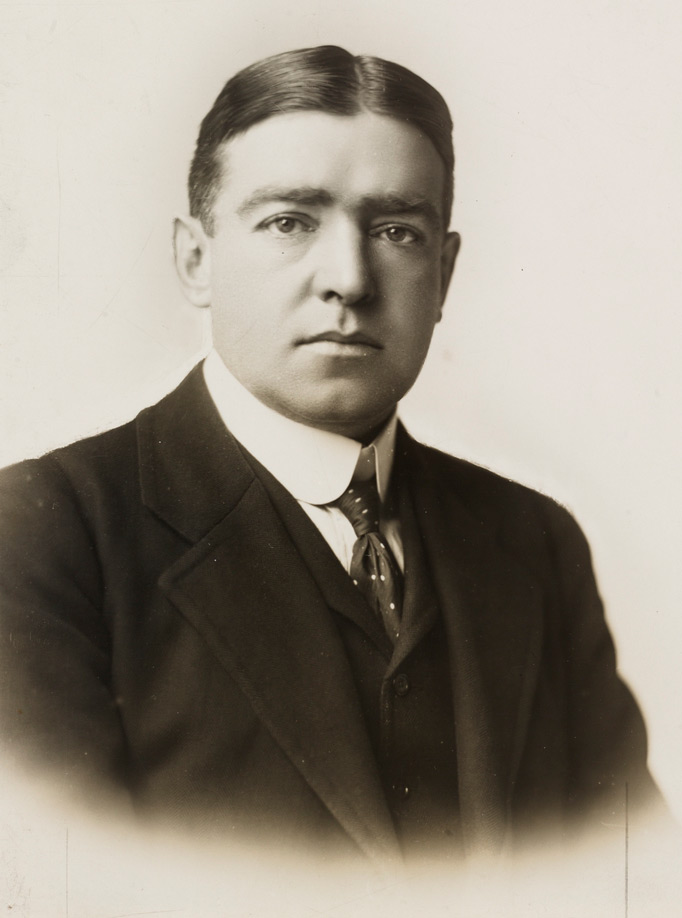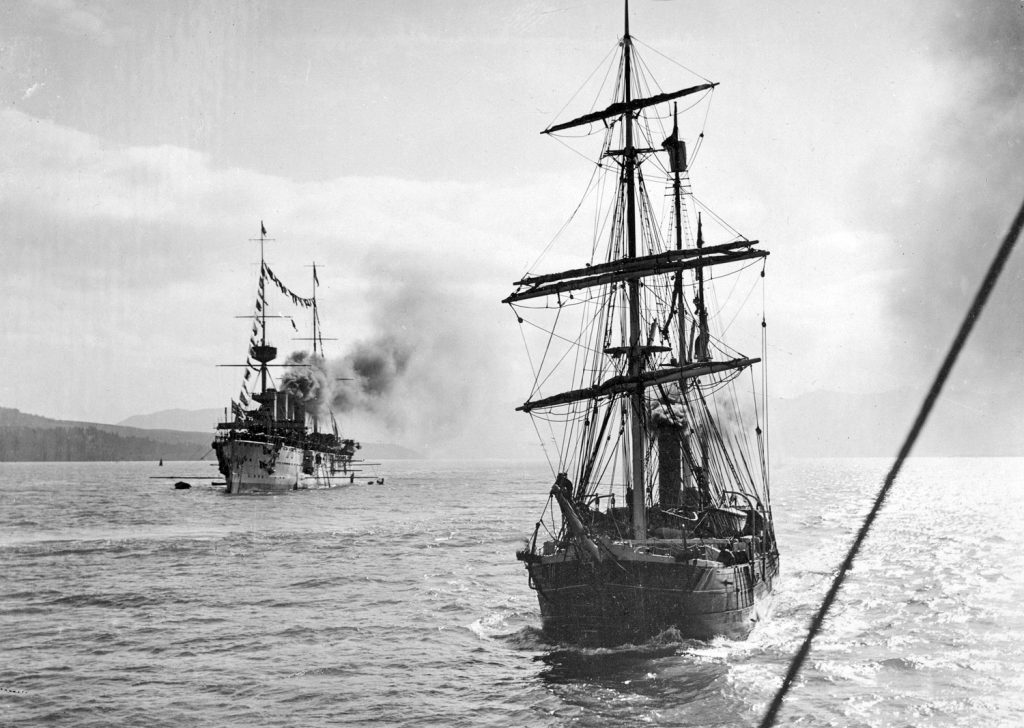“I thought, dear, that you would rather have a live ass than a dead lion.”
Sir Ernest Shackleton in a letter to his wife Emily, after deciding to turn back 97 miles from the Pole.
On January 9th 1909, after a last dash forward without the sledge or other equipment, the march ended. “We have shot our bolt”, wrote Shackleton, “and the tale is 88° 23′ S”.[67] They were 97.5 geographical miles from the South Pole. The British flag was duly planted, and Shackleton named the polar plateau after King Edward VII.
The British Antarctic Expedition 1907–09, otherwise known as the Nimrod Expedition, was the first of three expeditions to the Antarctic led by Ernest Shackleton. Its main target, among a range of geographical and scientific objectives, was to be first to the South Pole. This was not attained, but the expedition’s southern march reached a Farthest South latitude of 88° 23′ S, just 97.5 nautical miles (180.6 km; 112.2 mi) from the pole. This was by far the longest southern polar journey to that date and a record convergence on either Pole.[a] A separate group led by Welsh Australian geology professor Edgeworth David reached the estimated location of the South Magnetic Pole, and the expedition also achieved the first ascent of Mount Erebus, Antarctica’s second highest volcano.
The expedition lacked governmental or institutional support, and relied on private loans and individual contributions. It was beset by financial problems and its preparations were hurried. Its ship, Nimrod, was less than half of the size of Robert Falcon Scott’s 1901–04 expedition ship Discovery, and Shackleton’s crew lacked relevant experience. Controversy arose from Shackleton’s decision to base the expedition in McMurdo Sound, close to Scott’s old headquarters, in contravention of a promise to Scott that he would not do so. Nevertheless, although the expedition’s profile was initially much lower than that of Scott’s six years earlier, its achievements attracted nationwide interest and made Shackleton a public hero. The scientific team, which included the future Australasian Antarctic Expedition leader Douglas Mawson, carried out extensive geological, zoological and meteorological work. Shackleton’s transport arrangements, based on Manchurian ponies, motor traction, and sled dogs, were innovations which, despite limited success, were later copied by Scott for his ill-fated Terra Nova Expedition.
On his return, Shackleton overcame the Royal Geographical Society’s initial scepticism about his achievements and received many public honours, including a knighthood from King Edward VII. He made little financial gain from the expedition and eventually depended on a government grant to cover its liabilities. Within three years his southernmost record had been surpassed, as first Amundsen and then Scott reached the South Pole. In his own moment of triumph, Amundsen nevertheless observed: “Sir Ernest Shackleton’s name will always be written in the annals of Antarctic exploration in letters of fire”

References
Heroic Age of Antarctic Exploration
(1911). The Heart of the Antarctic. London: William Heinemann.
* Noteworthy
1822 – The Portuguese prince Pedro I of Brazil decides to stay in Brazil against the orders of the Portuguese King João VI, beginning the Brazilian independence process.
1834 – HMS Beagle and Charles Darwin arrive in Port San Julian, Patagonia
1855 – Clipper Guiding Star disappears in Atlantic, 480 die
1903 – Hallam Tennyson, 2nd Baron Tennyson, son of the poet Alfred Tennyson, becomes the second Governor-General of Australia.
1903 – Frank Farrell and Bill Devery purchase AL Baltimore franchise for $18,000 and move it to New York City (Yankees)
1954 – Minus 87 degrees F (-66 degrees C), Northice Station, Greenland (Greenland record)
1972 – Passenger ship Queen Elizabeth destroyed by fire
1968 – The Surveyor 7 space probe made a soft landing on the moon. It was the last of America’s unmanned explorations of the lunar surface.
1960 – Building of Aswan dam in Egypt, begins
1969 – Concorde jetliner’s 1st test flight from Bristol England
2007 – Apple CEO Steve Jobs unveiled the iPhone.

